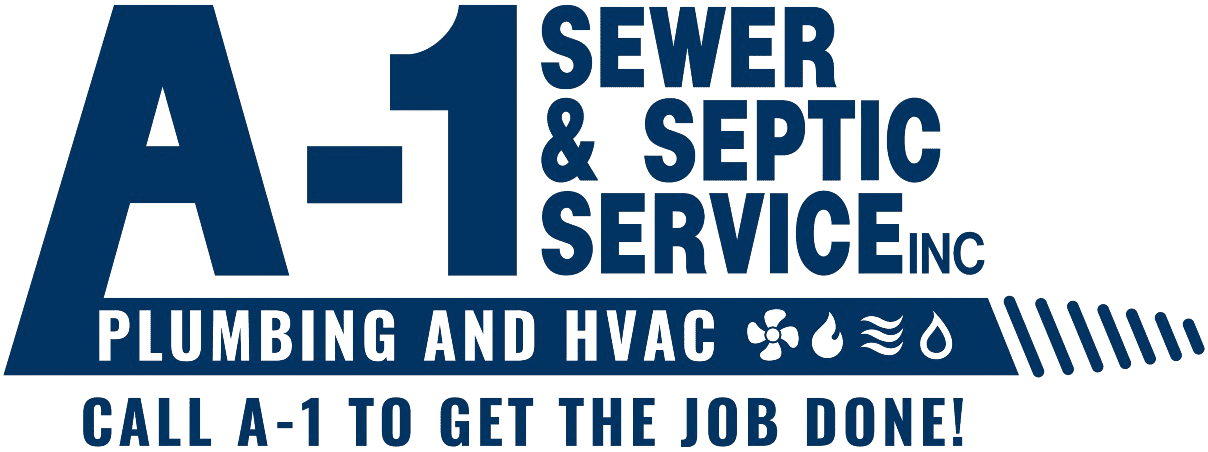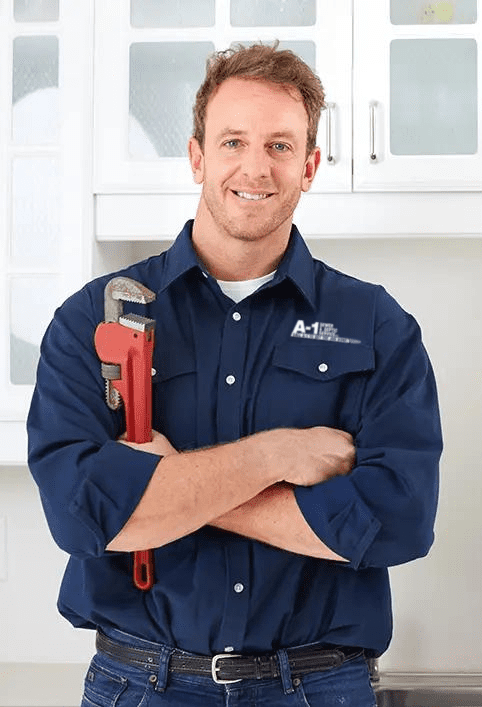You’re probably aware that the sewer lines in your home transport wastewater to the main sewer lines that are located underground. Beyond that, most homeowners don’t think much about the sewer lines until they have a clogged pipe.
Sewer line clogs can lead to raw sewage backing up and oozing out of the drains, which can lead to major damage to the home and costly sewer line repairs or replacement. Knowing what the warning signs of a blockage may be, can help know when to remove that sewer line clog, and keep the plumbing system flowing.
As a homeowner, it’s important to understand how to respond to your home’s early warning system, this way you can avert expensive sewer, septic system and plumbing problems. Here are some warning signs to look out for.
Common Red Flags to Watch For
Two of the most common red flags are water that backs up out of a drain or the toilet or a gurgling sound that comes from drains.
Your house is talking to you, and that ominous gurgling sound says “there’s a problem.” If after you’re done running your washing machine and the toilet starts to percolate like a coffee pot percolating, or if you get water around the floor of a drain in the basement, those are telltale signs of a clog or blockage somewhere in your drainage system.
Main Line & Secondary Line Clogs
A clog can occur in one of two places: the mainline (or main sewer line) or a secondary line. Picture your house as a tree: There is one main trunk that runs out of the house, and then you have a bunch of small branches off of that. If the clog is located in the main sewer line, that means that when you run any water in the house, you’ll have a problem
A main sewer line clog, like the base of the tree example, will typically reveal itself with wastewater or sewage backup in your basement drain or floor drain, or water backs up from your toilet or bathtub drain. Imagine the tree filling with water, and the lowest tips of the branches is where the water backs out of first! When the main drain becomes clogged, it is possible to bypass all of the smaller drain lines by using what’s referred to as a “sewer cleanout”, or just “cleanout.” A cleanout is an opening that allows access to the inside of the sewer pipe, so a plumbing service can auger the sewer drain clog directly, should the sewage line become clogged.
On the other hand, if it’s a secondary line clog, it will be an isolated problem.
For example, if the clog is in just the kitchen sink, it won’t go down or it will come back up in the kitchen sink. However, you can still flush the toilet, run the washing machine, take a shower, and so on.
Drain cleaning for secondary drain lines can sometimes need the steady hands of a professional plumber, and sometimes the shower drain blockage may lead to a larger problem.
If it’s in the mainline, if you turn on any water in the house, the toilet will percolate and it will come up in the basement or floor drain or the bathtub, and then it may be slow draining after that, as the blockage accumulates more debris and will eventually become clogged.
What Are the Causes?
In older homes with mature trees on the property, tree roots are the most common cause for a clogged sewer line. In newer homes, the most common culprits include feminine hygiene products, extra thick toilet paper, and paper towels.
Lots of folks have trouble with their drains because of tree roots. That’s the leading cause of drain problems. Sometimes older trees will actually crush pipes. In older homes, slow-flowing drains and gurgling noises in toilets are the first signs of a sewer system that’s being hampered by tree roots.
If you don’t remove the roots, it’s a matter of time before a complete sewer line block occurs.
The first line of defense against a clogged drain pipe is to see if it can be opened with a cable. If not, the next step is to run a camera through the sewer drain to determine if tree roots are the culprit.
A-1 has been serving the KC area for decades and has performed drain cleaning for countless customers, as well as the installation of plumbing fixtures, water heaters, and more. If you have a sewer line problem, you have found the solution with A-1 Sewer!
Contact a Kansas City plumber from A-1 today, for all your drain cleaning, water heater, septic tank, and plumbing system needs!



